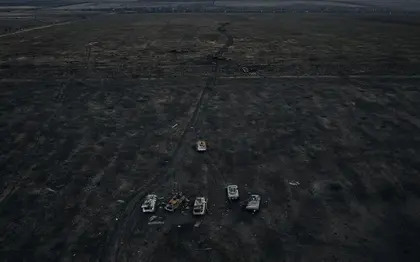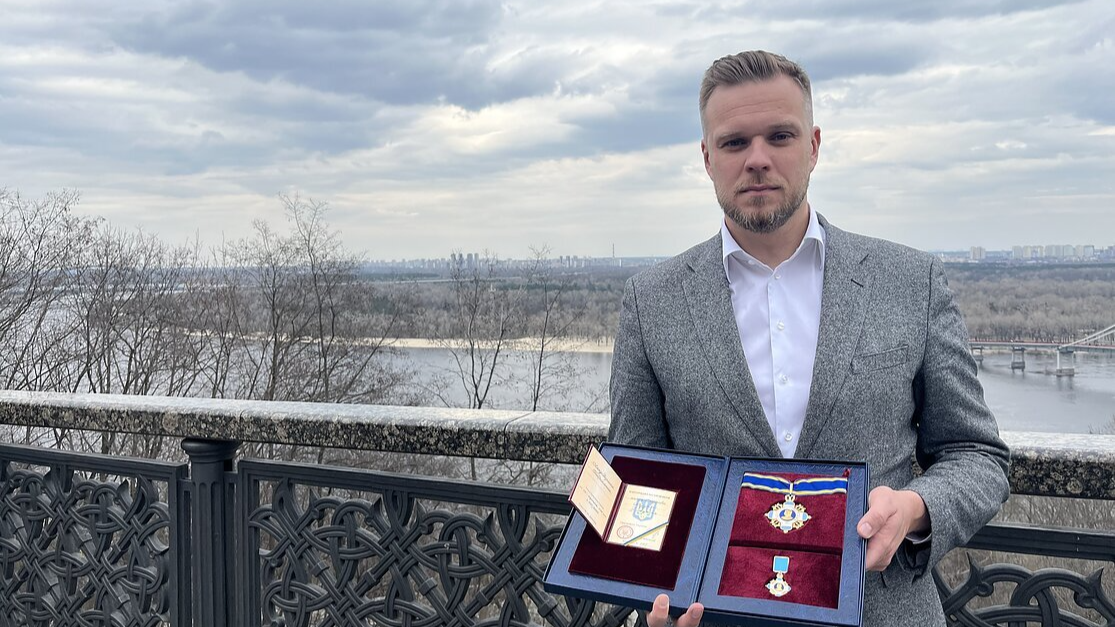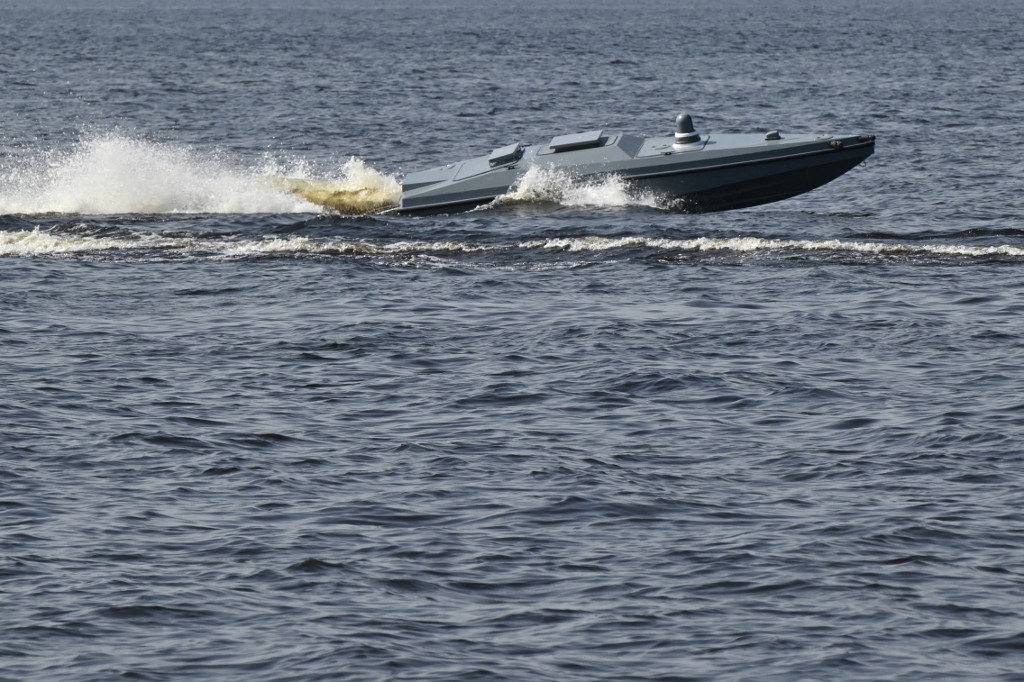Kremlin forces have reduced scale of ground attacks across Ukraine’s 1,500 km. fighting line due to severe cold and hard freezes, and according to some sources more Russian troops are surrendering than usual because of tough weather conditions and poor frontline supply, officials and media reports said.
A situation update published by Ukraine’s Army General Staff (AGS) on Jan. 12 said only two sub-sectors from the entire front, around the Donbas region towns of Avdiivka and Marinka, saw multiple Russian ground attacks attempting to gain ground in the past 24 hours, and that elsewhere Kremlin force posture was almost totally static.
JOIN US ON TELEGRAM
Follow our coverage of the war on the @Kyivpost_official.
Ukrainian Armed Forces (AFU) units were holding their positions at all locations, and artillery and mortar fire exchanges were continuing, the report published on the General Staff Facebook page said.
The Russian ground assaults that are taking place are small-scale with limited objectives, combat reports said. Russian armored units moving against Ukrainian lines in the Marinka sector this week attempted short range advances with armored personnel carriers driving a few hundred meters closer to Ukrainian fortifications and unloading infantry that tried to dig in, the AFU’s 46th Separate Airmobile Brigade, reported on Jan. 10.
“The enemy fired artillery all night, and then after an air strike a few assault groups tried to advance near Pobyeda (a village near Marinka), but it was unsuccessful. Right now, they (Russian troops) were forced out of trenches around the south of Novomyhailivka (village near Marinka).They’ve established themselves in the (village near Marinka) Heorviivka, and conducting troop rotations and concentrating forces,” the battle report said.

ISW Russian Offensive Campaign Assessment, January 3, 2025
Kremlin-sanctioned military information platforms, likewise, reported an almost general halt to Russian offensive operations in most sectors due to cold and past unsuccessful assaults.
“In the Zaporizhzhia region, it has become colder, and it is snowing. Bad weather interferes with the work of UAV operators on both sides. While the artillery is actively working, striking at previously discovered targets. But there are already problems with adjusting artillery fires (due to fog and wind)”, wrote Vladimir Rogov, a Kremlin-sanctioned “war correspondent”, in a Jan. 8 situation report.
The AFU is only conducting small-scale infantry attacks and raids that retreat when hit with artillery fire, Rogov claimed.
The pro-Moscow milblogger Dva Mayora, one of Russia’s most popular with more than a half million Telegram followers, said local Russian commanders’ decision to conduct a frontal assault along a single usable forest road easily observable from the air into snowy open fields covered by Ukrainian artillery and attack drones left more than ten Russian tanks and armored personnel carriers knocked out uselessly in an early January battle lasting a few hours, and “dozens” of Russian soldiers killed or wounded.
The failed assault and losses suffered have effectively ended Russian offensive operations in the area, near the eastern front town of Lyman, for the time being, the report said.
The Washington-based think tank Institute for the Study of War (ISW) said front line temperatures of -18 degrees Celsius (-0.4 degrees Fahrenheit) had grounded most small drones operated by both sides, and were making it “impossible” for soldiers to man front line observation positions for more than a few hours. Ground attacks are limited because of deep snow and a widespread soldier desire to stay under cover, but the sides are trading artillery and mortar strikes, a Jan. 11 report published by the group said.
New data compiled by the Iceland-based military analyst Ragnar Gudmundsson likewise confirmed a trend of less frequent ground attacks across the fighting front in recent weeks, and particularly a near-total end to bloody Russian attacks. Gudmundsson’s Jan. 12 report said that since Dec. 23 total Russian per day losses had fallen by some 15-20 percent, and average weekly losses of key Russian weapons like tanks, artillery and armored fighting vehicles had fallen between 15-43 percent.
Gudmundsson’s analysis pointed to an even more dramatic reduction in Russian losses of drones. A critical battle support system for both sides in the Russo-Ukraine war, most drones currently used in combat are converted hobby aircraft susceptible to winter conditions because of electric batteries unable to hold a full charge due to cold, equipped with low power engines unable to cope with high winds, or both.
Russian drone losses of all types over the past two weeks across the front, based on open-source reports, have fallen more than 70 percent, Gudmundsson reported.
Ukrainian military spokespersons recently claimed cold conditions along the fighting line have spiked Russian soldier surrenders to Kyiv troops. More than 100 Russian soldiers deployed to the Kremlin-prioritized Avdiivka sector have surrendered to Kyiv troops because of cold weather and poor morale in the past 30 days, a senior AFU spokesperson said, without offering evidence.
“Because of the frosts, frostbite, we expect, that there will be many more, because it’s rather difficult to hold up in the field with the kind of equipment that most Russian soldiers are issued with,” said Col. Oleksandr Shtupun of the AFU’s Tavria Group of Forces. One AFU unit deployed to the southern sector took in 40 Russian POWs that surrendered rather than trying to defend their positions against a Ukrainian infantry raiding their positions, Shtupun asserted.
AFU artillery gunners in the southern Kherson sector have fired shells packed with surrender leaflets at the Russian troops opposite them, calling on Kremlin fighters to quit their positions and become prisoners of war.
The leaflets, first reported in a Jan. 9 UNIAN news agency report, offer two Ukrainian hotline numbers for a Russian soldier to call and instructions with drawings on how to approach Ukrainian fighting positions and quit the Russian military safely.
The back side of the leaflet offers a poem, in Russian, warning readers of the lethal danger of Russian army service. Video published by the news agency seems to record a Russian small unit commander telling his soldiers the leaflets are “trash” that should be thrown away.
Recent open source content has partially confirmed official Ukrainian accounts of Russian troops surrendering due to deployment to dangerous forward positions, and being left there in primitive conditions without regular deliveries of food, water and ammunition - a supply situation made worse by bad weather.
In a Jan. 9 interview published by a pro-Ukraine mil-bogger a Russian infantryman reported his fighting position had been under heavy Ukrainian artillery fire for almost two weeks, without resupply, when a Ukrainian raiding team approached his trench on Jan. 2 and convinced him and three other soldiers to drop weapons and surrender.
Русский солдат pic.twitter.com/dKrXrGv2Ru
— Пан Пачковский (@Q0MT6pFmbVqynsM) January 9, 2024
A video purportedly recorded on Jan. 1 in the Avdiivka sector by Ukrainian frontline troops showed six recently-captured Russian POWS. The captures took place in brutal cold conditions and some of the new POWs were wounded, the content showed.
😝 Look at that, a bunch of trespassers found near Avdiivka
— PS01 □ (@PStyle0ne1) January 11, 2024
Almost became cubic
Russia is collapsing 😈 pic.twitter.com/ATCAxuIYxG
A Ukrainian army video posted on Jan. 12 offered an interview with a Russian army soldier turning himself over to Ukrainian troops following weeks in forward positions without food, water or ammunition resupply.
The interview identified the POW as Senior Sergeant Sergei Saranchin, a St. Petersburg resident and mobilized reservist formerly serving in Russia’s 350th Motor Rifle Regiment. According to his account his squad captured a Ukrainian fighting position and was left for more than a week without support, before Ukrainian infantry counterattacked and captured him and his eight-man unit, all wounded.
You can also highlight the text and press Ctrl + Enter









